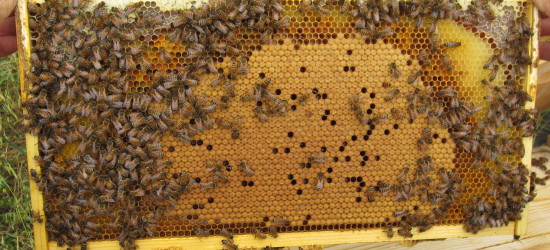There’s a lot to learn, so in your first year, focus on the basics.
Basic timeline for new beekeepers:
Fall before getting your bees:
- Attend classes
- Read books (Diana Sammataro and Alphonse Avitabile’s The Beekeeper’s Handbook and Tom Seeley’s Honeybee Democracy are two of our favorites)
- Join the Marin Beekeepers Association
Winter before getting your bees:
Spring:
- Get your bees!
- Learn how to inspect your hives and prevent swarming.
- Attend classes and get as much info as possible
Summer:
- Monitor your hive to control swarming.
- Learn to recognize when – and what – to feed, if necessary.
- Help protect (and prevent) robbing by yellow jackets, ants and other bees.
- In late summer, start to monitor varroa mite levels.
Fall:
- Continue monitoring % infestation of varroa mites
- Learn about mite management options
- Harvest excess honey not needed by the bees for winter. (Not always possible in your colony’s first year.)
Winter:
- Clean up equipment from dead out colonies.
- Learn to identify American Foulbrood.





